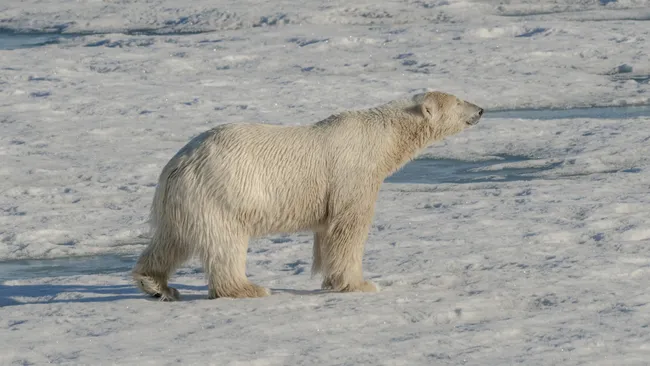A unique family of bears stands as a testament to the changing face of wildlife Conservation. Known as “grolars,” these hybrids are the offspring of polar bears and grizzly bears, marking a rare intersection of species in a rapidly transforming environment.
Recent research, detailed in the journal Conservation Genetics Resources, has shed new light on these remarkable creatures. Scientists meticulously examined bear samples collected over four decades, deploying advanced genetic tools to uncover the extent of hybridization between polar and grizzly bears. Surprisingly, their findings revealed that the known family of grolars remains the sole confirmed example of such crossbreeding.
Polar bears, descendants of grizzlies from several hundred thousand years ago, have historically inhabited distinct ranges from their grizzly counterparts. However, with Climate change shrinking polar bear habitats, these boundaries are increasingly blurred. This environmental shift poses both challenges and opportunities for the future of polar bear Conservation.
The study’s lead author, Ruth Rivkin from the University of Manitoba, emphasizes the rarity of hybridization while acknowledging the potential for increased crossbreeding in the future. Rivkin underscores the importance of ongoing monitoring to track any shifts in bear populations, crucial for understanding the adaptive responses of these iconic Arctic creatures.
Conservationists express concerns about the implications of hybridization on species survival. Geoff York of Polar Bears International highlights that while grolar bears are a fascinating phenomenon, their existence shows the vulnerability of polar bears to changing environmental conditions. York stresses that hybridization is not an adaptive trait for polar bears, raising fears that continued environmental pressures could threaten their distinct genetic lineage.
Parallel research published in Nature warns of dire consequences for polar bear populations in specific regions like Hudson Bay, where melting sea ice is severely impacting their ability to hunt. This study predicts that without intervention, local polar bear communities could face extinction within a decade—a reminder of the urgent need for global climate action.
This article by Trinity Sparke was first published by One Green Planet on 30 June 2024. Image Credit :Miles Gordon/Shutterstock.
What you can do
Help to save wildlife by donating as little as $1 – It only takes a minute.







Leave a Reply